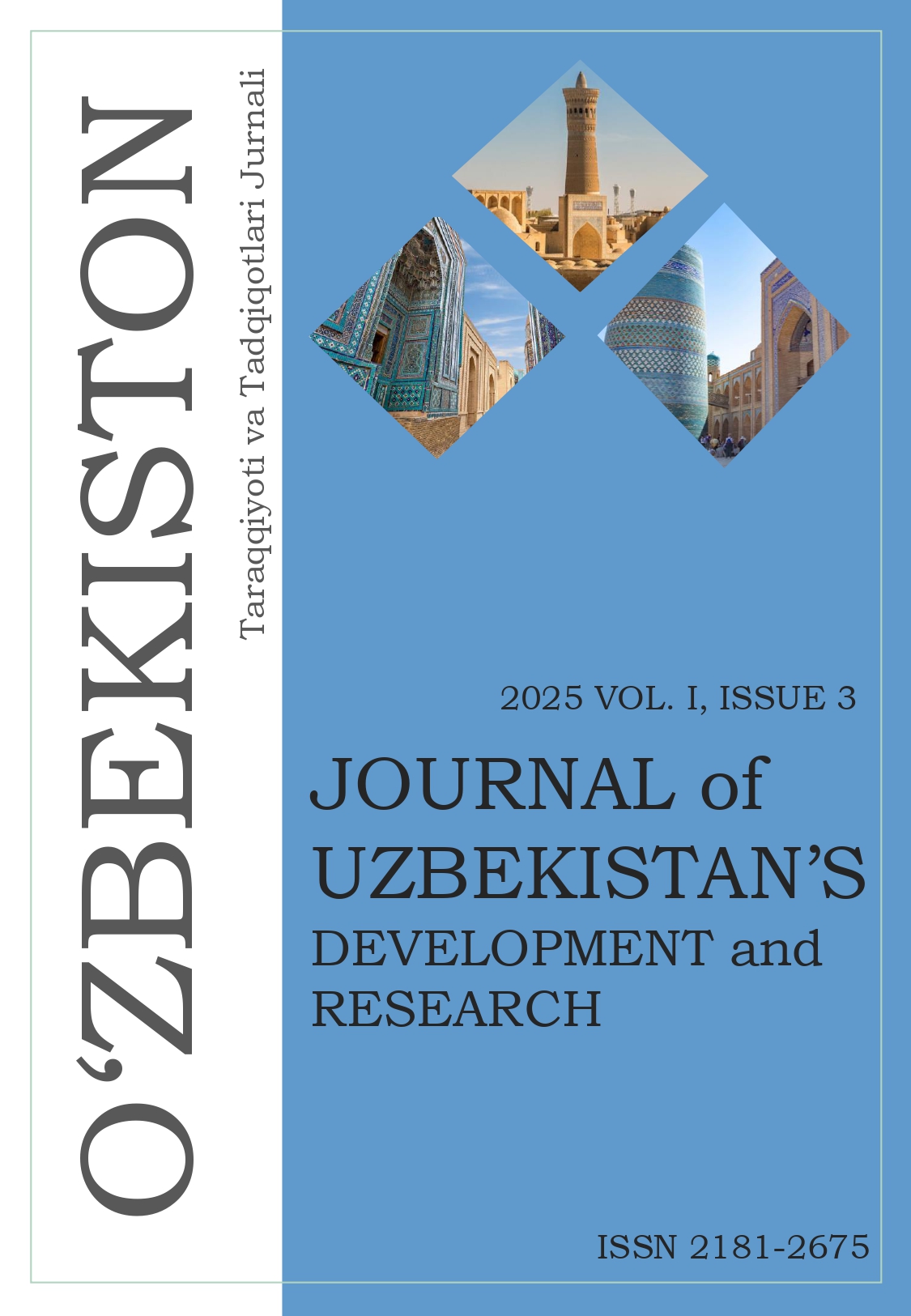COMPARATIVE ANALYSIS OF ENGLISH AND UZBEK COMPOUND WORDS
Keywords:
compounding, word formations, linguistic, classification, plural nouns, similarities and differences.Abstract
This study aims to compare and analyze compound words in English and Uzbek by examining their structural, morphological, and semantic features. It explores the patterns of word formation in both languages and identifies key similarities and differences. The research highlights how compound words function within each linguistic system, contributing to a better understanding of their usage and classification.
References
1. Crystal, D. (2003). The Cambridge Encyclopedia of the English Language. Cambridge University Press.
2. The Chicago Manual of Style: A comprehensive guide to hyphenation rules in formal writing. Website: [https://www.chicagomanualofstyle.org]
3. Lieber, R. (2005). “Morphology and Lexical Semantics”. Cambridge University Press.
4. Wierzbicka, A. (1996). “Semantics: Primes and Universals”. Oxford University Press.
5. “National Encyclopedia of Uzbekistan” (2020). Tashkent: Uzbek Publishing.
6. Akbarova, S. K. (2021). THE USE OF COMMUNICATIVE METHODS IN TEACHING ENGLISH. Thematics Journal of English Language Teaching, 5(1), 60-70.
7. Mahmudova, Z. (2025). THE EFFECTIVENESS OF TASK-BASED LANGUAGE TEACHING (TBLT) IN DEVELOPING SPEAKING SKILLS OF ECONOMIC FIELD STUDENTS. EduVision: Journal of Innovations in Pedagogy and Educational Advancements, 1(2), 141-146.
8. 2. Sh, M. Z. (2023). Principles Of Development Of Creative Activity Of Primary Class Students In Tashkent Regional Universities. Pedagogical Cluster-Journal of Pedagogical Developments, 1(2), 567-571.
9. Rozikova, Z. (2024). CASE IN ENGLISH AND GERMAN LANGUAGES. Mental Enlightenment Scientific-Methodological Journal, 5(07), 187-195.
Published
Issue
Section
License
Copyright (c) 2025 Rayxona Qurbonnazarova, Rozikova Zilola (Author)

This work is licensed under a Creative Commons Attribution-NonCommercial-NoDerivatives 4.0 International License.
All Rights Reserved.





